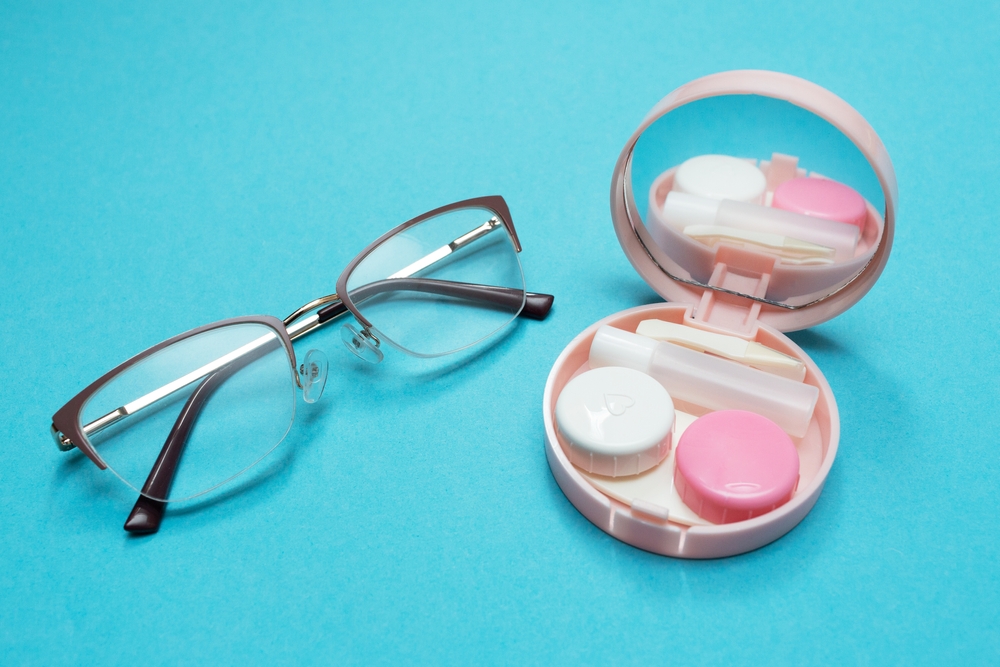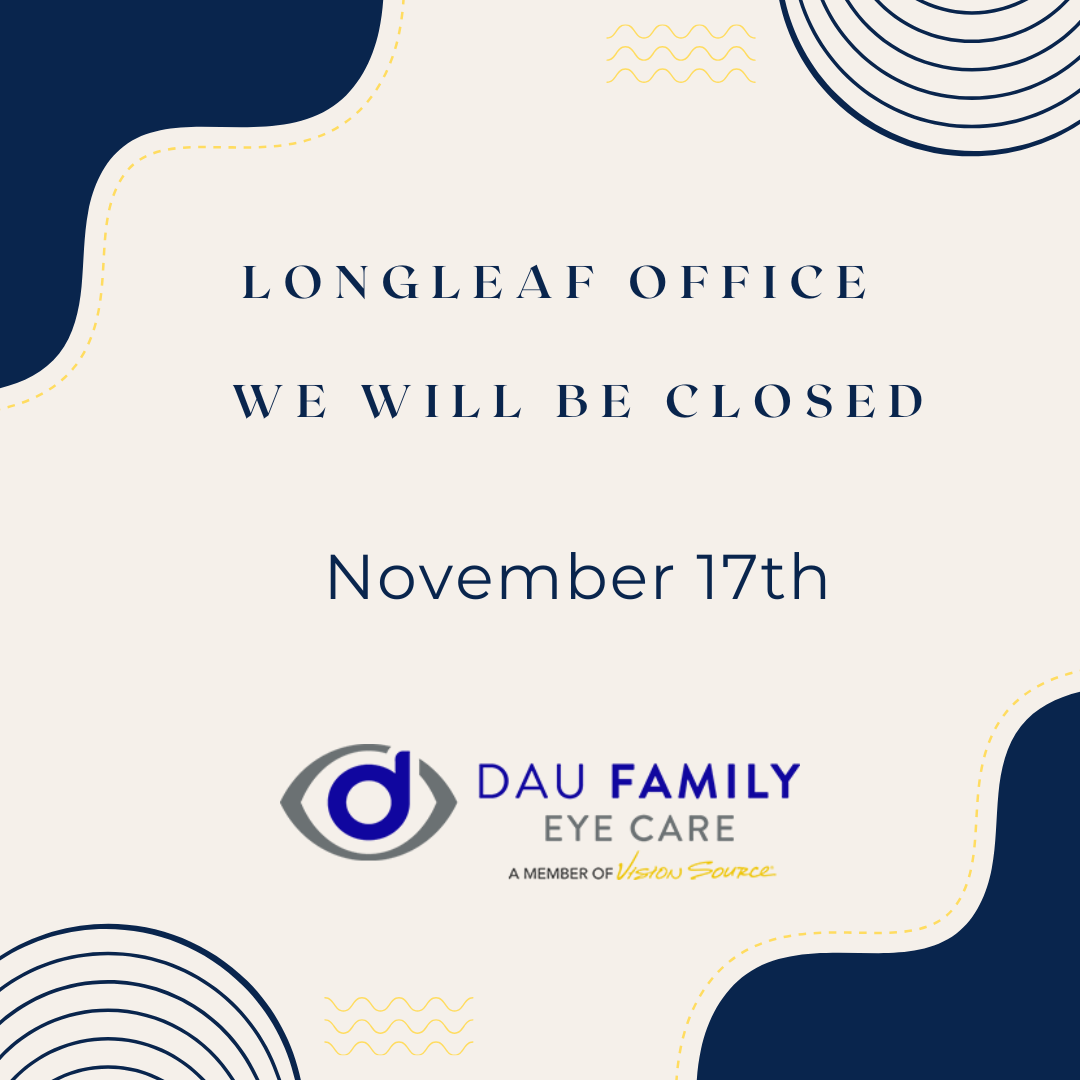Dau Family Eye Care Blog
Learn more about optometrist care in our blog!

Since the late 1970s, the number of people with myopia has grown by 25% and is likely to keep increasing. Experts expect the numbers will reach over four billion in the year 2050, almost half of the world's population.

Many people start their vision correction journey with eyeglasses and shift to contact lenses later. The shift is generally due to the benefits of contact lenses that eyeglasses do not provide.

For many, correcting vision errors is all about eyeglasses and contacts. Eyeglasses are ideal for people with less active lifestyles and do not mind the aesthetic changes that come with the frames.

Color vision deficiency is the difficulty or inability to distinguish certain colors. You may know it as color blindness, although the complete inability to see colors is rare. If you have color vision deficiency or color blindness, you see color differently than others.

The treatment of AMD, or age-related macular degeneration, can include nutritional and lifestyle changes. You should note that AMD has no medical treatment. The dietary and lifestyle changes you make can help slow the condition’s progression. Adopting some of these changes in your daily life improves not only your eye health but also your overall health. Read on to find out more.

Since the invention of eyeglasses, science and development in vision correction have come a long way. On the market today are numerous vision correction options. In the U.S., more than 150 million individuals rely on corrective lenses to help them see more clearly.

Choosing eyeglasses can be a complicated process owing to the numerous options available. Frame manufacturers constantly create new designs to suit different tastes and style needs. If you are shopping for new glasses, you can find what you need to complement your appearance. Knowing your face shape is a vital factor when choosing frames.

Eye discomfort can be irritating and affect your daily activities. You want to receive treatment, but you wonder whether it is dry eyes or allergies. The two conditions are very similar. However, they have different underlying causes and treatments.

Myopia commonly affects many people by weakening vision and changing the physical structure of the eye. It can increase the eye length or steepen your cornea. Tissues like your retina can stretch. As a result, you may have a high risk of experiencing severe eye conditions in the future.

Contact lenses differ in various ways. There is no standard pair suitable for everyone’s use. Fortunately, everyone can get the ideal ones to correct their vision needs. There are regular and specialty contact lenses. Each has its uniqueness. Read on to learn their differences.





